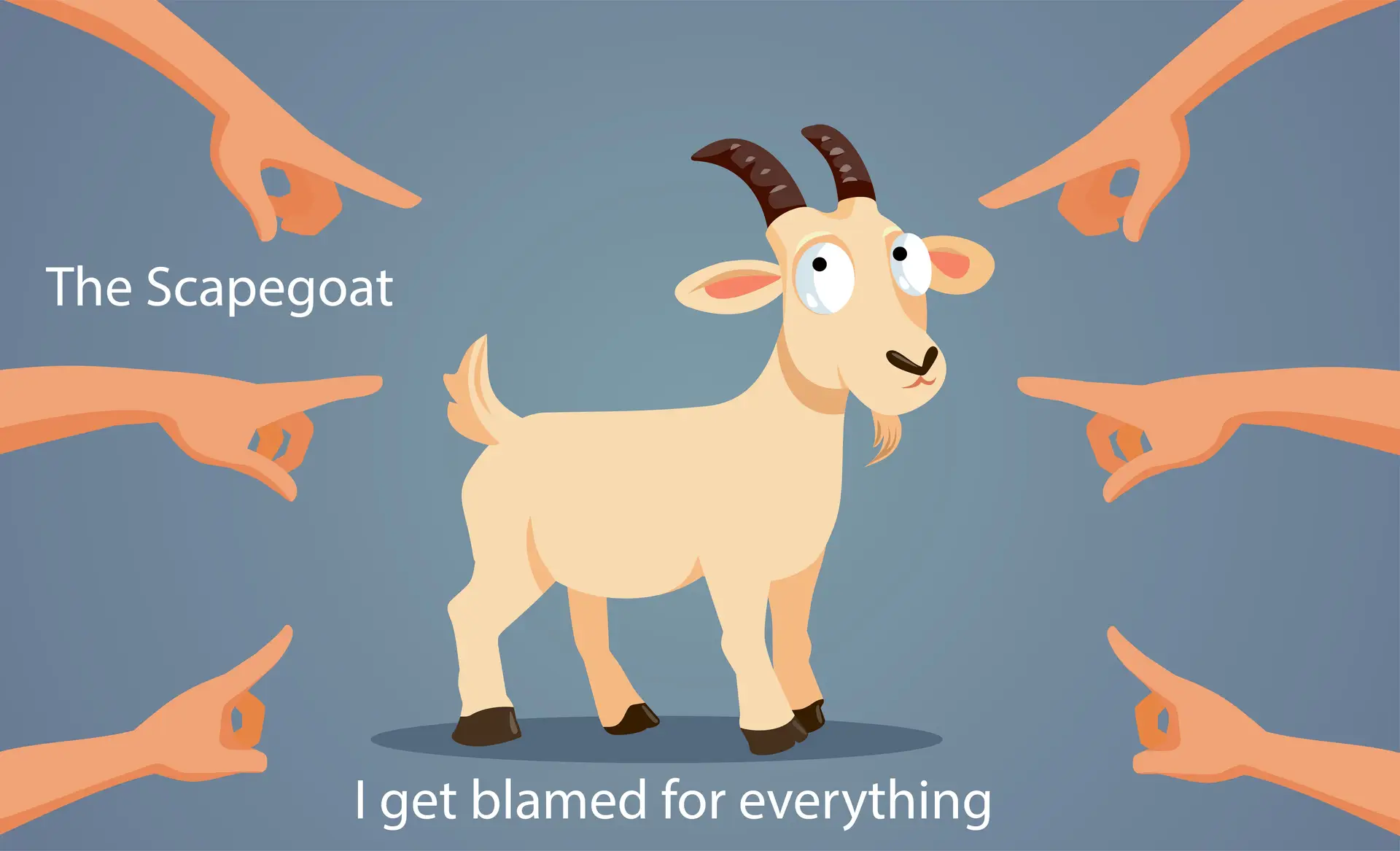Behavioural Conditioning and Narcissism
We are products of both nature and nurture. We are born with an inherent character which adapts to the environment we grow up in. Narcissistic families are difficult to grow up in and the children will be conditioned into certain behaviours. They will become an adapted version of themselves and their real self becomes suppressed to a certain extent. Classical and operant conditioning experiments and John B. Watson’s experiments with an infant show how conditioning works.
Classical Conditioning
Classical conditioning is a process by which we learn to associate stimuli and to anticipate events. Ivan Pavlov, a Russian scientist, is famous for his experiments in classical conditioning with dogs. Through his experiments, Pavlov realised that a being has two types of responses to its environment – unlearned responses, or reflexes, and learned responses.

Operant Conditioning
Operant conditioning states that the consequences of a response determine the probability of it being repeated. Through operant conditioning, behaviour which is rewarded is likely to be repeated, and behaviour which is punished will occur less frequently.
Positive reinforcement is a reward and negative reinforcement is a punishment.
Primary reinforcers satisfy needs such as hunger and thirst. Secondary reinforcers are means to fulfil needs such as money.
Experiments were done with rats pushing a lever to get food, they were given food either regularly or irregularly. It was found that the rats who were in an unpredictable situation maintained their behavioural conditioning the longest.

Conditioning Through Fear
John B. Watson’s experiments on a child called Albert demonstrated that any object can be associated with and cause a fear response. Albert was a baby who was conditioned into fear through loud sounds that were played when Albert was presented with a white rat (which he had previously played with). The outcome of the experiment was ‘stimulus generalisation’ which meant that Albert had developed an automatic fear response to the sight of anything furry such as a coat, a rabbit and a Santa Claus mask.
A short film can be seen on YouTube:
Conditioning in a Narcissistic Family
Growing up in a home with narcissistic parents will cause the children to become conditioned through positive reinforcement (rewarded for obedience to the narcissist and acceptance of their version of reality as the truth) and punishment through rages (as the narcissist controls their environment through anger, criticism, humiliation and shaming, long silences and rejection) and this can be terrifying for the child.
The ground rules in a narcissistic family tend to be unstable and ever changing (what was fine one day may invoke a rage from a narcissistic parent on the next) and therefore, adaptation to the environment in terms of automatic defensive responses can be difficult. A very adaptive and versatile set of defences is needed.
‘Stimulus generalisation’ is often in play for those who have undergone conditioning in a narcissistic family. This means that triggers become broad and generalised. A mother whose angry face meant a rage was coming can evolve into the child developing a fear of all angry faces. Seeing an angry face will trigger a fear response and the fight, flight, freeze, submit and attach defences can be triggered.
Children in narcissistic households are punished for their behaviours which assert their needs and when they want growth or independence. The child will come to see these aspects of themselves as their ‘bad self.’
They will be rewarded for behaviours which are immature, passive and clinging. The child will come to see these aspects of themselves as their ‘good self.’
This results in the child becoming disconnected from who they really are and their wants, needs and freedom to express themselves and they will develop coping mechanisms which suppress their true nature and real self. They are conditioned into a false adaptive self.
Therapy and self-development are often needed to interrupt the patterns of thinking.
The conditioned fear response can be calmed and healed.
Sources:
Classical Conditioning: How It Works With Examples | Simply Psychology








This Post Has 3 Comments
Hey just wanted to point out that negative reinforcement is not the same thing as a punishment. Negative reinforcement is the behavior being immediately followed by the removal of an aversive stimulus. For instance a teacher takes away homework requirement for on task behavior in class. It’s reinforcing and therefor increases the likelihood of the behavior happening in the future. Punishment is … just punishment. It can be positive or negative… but the goal of punishment is to decrease the likelihood of the behavior happening in the future. Just my 2 cents 🙂
Thank you! I was misunderstanding that and will change it.
To punish a narcissist, for example:
Narc decides to triangulate me or devalue me, the appropriate response would be to walk away and disconnect or confront the narc and wait for that “sorry”